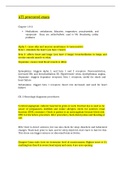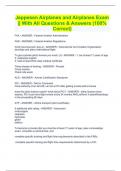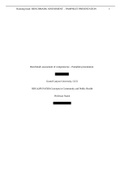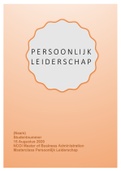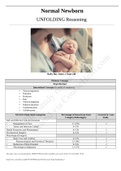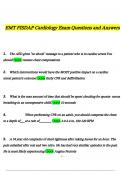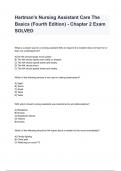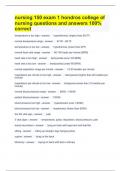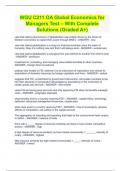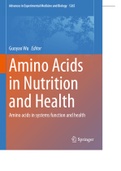Exam (elaborations)
Summary ATI proctored exam | Quinnipiac University - NUR 300/400 | Grade A Study Guide
- Course
- Institution
Summary ATI proctored exam | Quinnipiac University - NUR 300/400 | Grade A Study Guide Summary ATI proctored exam | Quinnipiac University - NUR 300/400 | Grade A Study Guide
[Show more]
